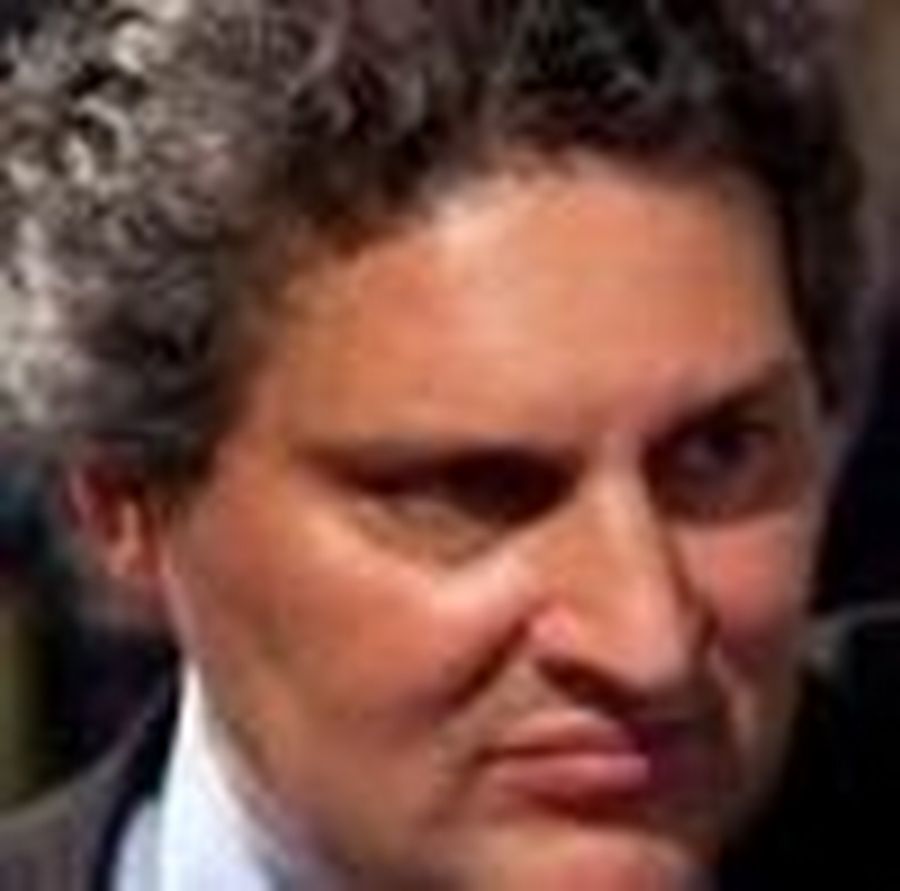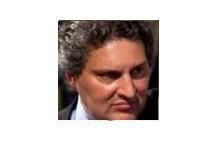
IFR Editor-at-large Keith Mullin
THE MAY 15 STRATEGY update by HSBC, ably and confidently fronted by CEO Stuart Gulliver, seems to have gone down pretty well. Truth be told, I couldn’t find anything particularly contentious in there, although the cost-income miss and the delay in hitting targeted ROE were far more noteworthy, in my view, than the additional job cuts that got all the headlines.
The thing is: you can’t argue with any of that dull but worthy stuff that Gulliver said about simplifying and delayering the organisation to make it more manageable, derisking in higher-risk locations, maintaining tight cost discipline, streamlining processes, focusing on high-growth regions, or aspiring to global standards. And all under that cheesy “acting with courageous integrity” value proposition for staff. It just ticks all the right boxes.
But if the update offered up good content on the bank’s progress, it lacked glamour, glitz and razzmatazz – actually a bit like HSBC really. There’s a broadly positive bias on the stock among the 33 brokers in the Thomson Reuters consensus. With almost poetic justice, the bank sits just on the right side of the grey neutral zone: 12 are “hold” while 14 are “buy” although the consensus has been trending a little south on a three-month view.
A lot of the media focus has been on the up to 14,000 additional job cuts that are coming on top of the 46,000 that have already gone; many through business disposals. Not to be dismissive of the pain that accompanies downsizing at an individual level, it’s worth pointing out that HSBC still employs the equivalent of the population of a medium-sized town – not far off 260,000 people – and has lagged many of the previously top-heavy universal banks in getting its headcount down. On a percentage basis, the additional cuts look modest.
At the end of the day, the numbers are the numbers and the bank had little choice but to target US$3bn in cost savings by 2016 on top of the US$4bn made to-date. And that’s just to keep its cost efficiency ratio in the mid-50s, a big miss and some ways off the previously articulated 48%–52% target.
Gulliver said this was down to revenue shortfalls emanating from events such as the eurozone crisis and the consequent difficulty in achieving top-line growth as opposed to hitting cost targets, where he said the bank has outperformed. But the timing of delivering revenue growth is a big issue. To deflect attention from the miss, Gulliver had a pop at peers such as JP Morgan, Barclays or Standard Chartered, which he pointed out sport CERs in the high 50s or low 60s. That usually works.
Even though the lag in the run-offs of the US loan book and legacy investment bank assets will act as a drag on hitting the ROE target of 12%–15%, Gulliver is steadfastly sticking to that range, which he says is being achieved in the underlying business. And he is committed to hitting a CET1 ratio of 10%-plus and maintaining the advance-to-deposit ratio well below the 90% cap.
The update offered up good content on the bank’s progress, but it lacked glamour, glitz and razzmatazz
FAIR’S FAIR, SELLING or shuttering 52 businesses in two years with an US$8bn gain on sale; cutting RWAs by US$95bn; achieving US$4bn of annualised sustainable cost savings; and hitting double-digit loan growth in 15 out of 22 priority markets is no mean feat. “We’re not even halfway through unlocking the value in HSBC. The strategy is not changing, it is working,” Gulliver told analysts.
There was no pullback either from the plan to super charge growth in high-growth markets such as Asia away from laggards such as Europe (why would there be?) and this will come organically; no acceleration through acquisition. On the plus side, HSBC has all of the benefits of being a diversified universal banking group. Like everyone else in its peer group, one of the goals is to leverage synergies between divisions to squeeze some revenue benefit.
GBM, which accounted for 43% of the US$8.4bn group Q1 PBT, also looks pretty diversified across areas it sees as core strengths: DCM, project finance lending and advisory, export and trade finance, FX, securities services as well as event-driven activity in emerging markets (the latter in particular facilitated by its massive balance sheet). Of course, macro themes such as RMB internationalisation, bank disintermediation and EM spending on infrastructure all play into HSBC’s priority focuses.
By referring to GBM’s “distinctive” and “differentiated” wholesale business model vis-a-vis bulge-bracket investment banks and not falling for presenter hyperbole and describing it as unique, Gulliver deserves credit.
His goal for GBM is to be a top five bank to its priority clients. When a bank says it’s focusing on priority clients as opposed to targeting market leadership per se – the annoying new mantra – it’s hard to gauge from the outside how successful it is. League tables certainly show the group firing in some areas; arguably lagging in others. HSBC is top three in Asia ex-Japan M&A so far this year: number one in India, but surely punching below its weight in China, 13th; MENA, 11th, and LatAm, eighth.
Its DCM business is solid across the board; it’s a consistent performer across most areas, particularly in Asia and more broadly in EM. (Its number one YTD ranking in euro bonds – a whisker ahead of Deutsche Bank – is a bit of a turn-up). Its ECM business is average at best: irrelevant in EMEA but perhaps of more concern sixth in Asia and way off Goldman Sachs and UBS (which are running neck and neck way out in front).
I await the next update with interest, although I implore the bank’s marketing gurus to please, please come up with something more imaginative than: “Strategy unchanged: next phase”. I almost went for the alternative of watching paint dry.

